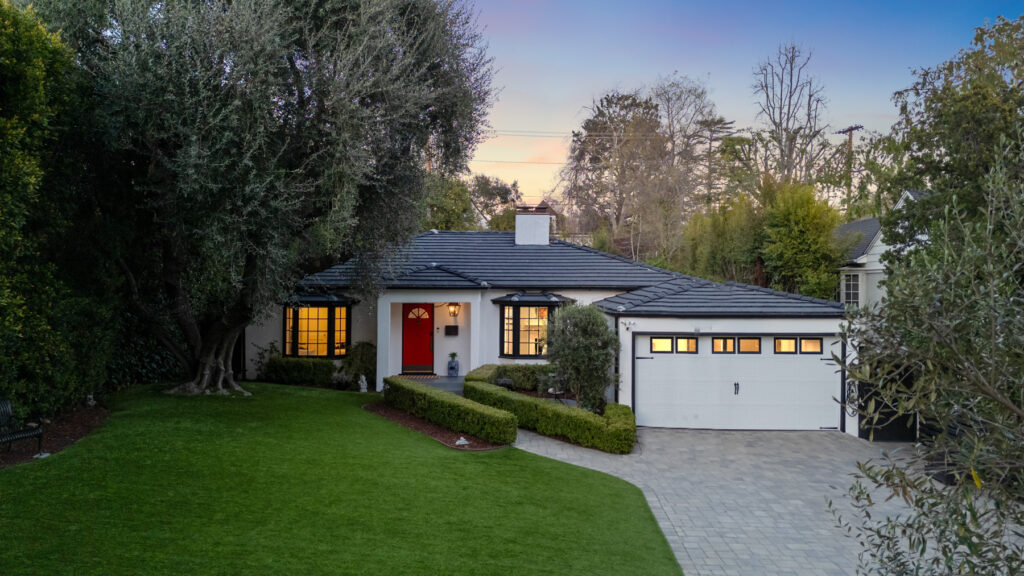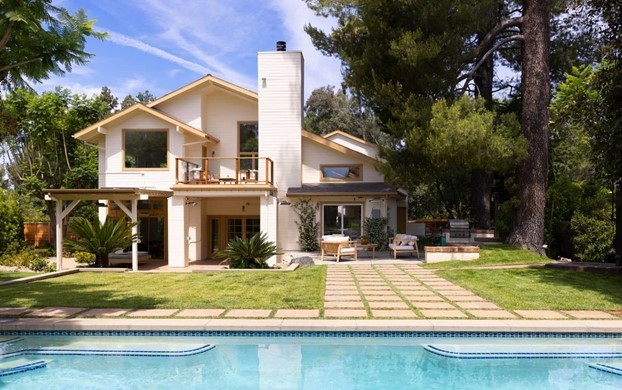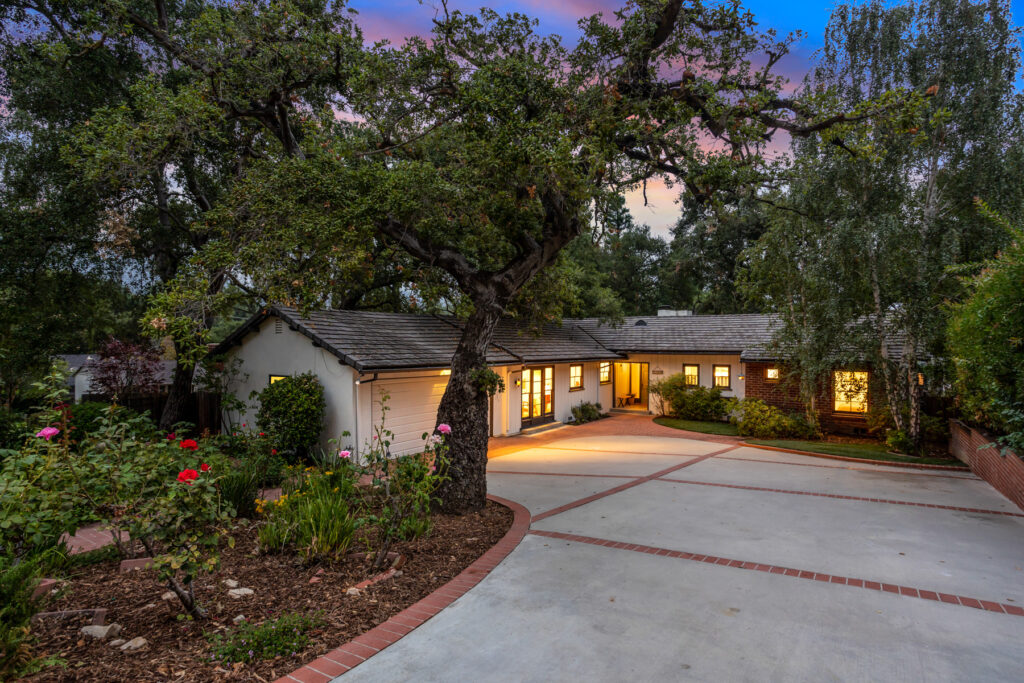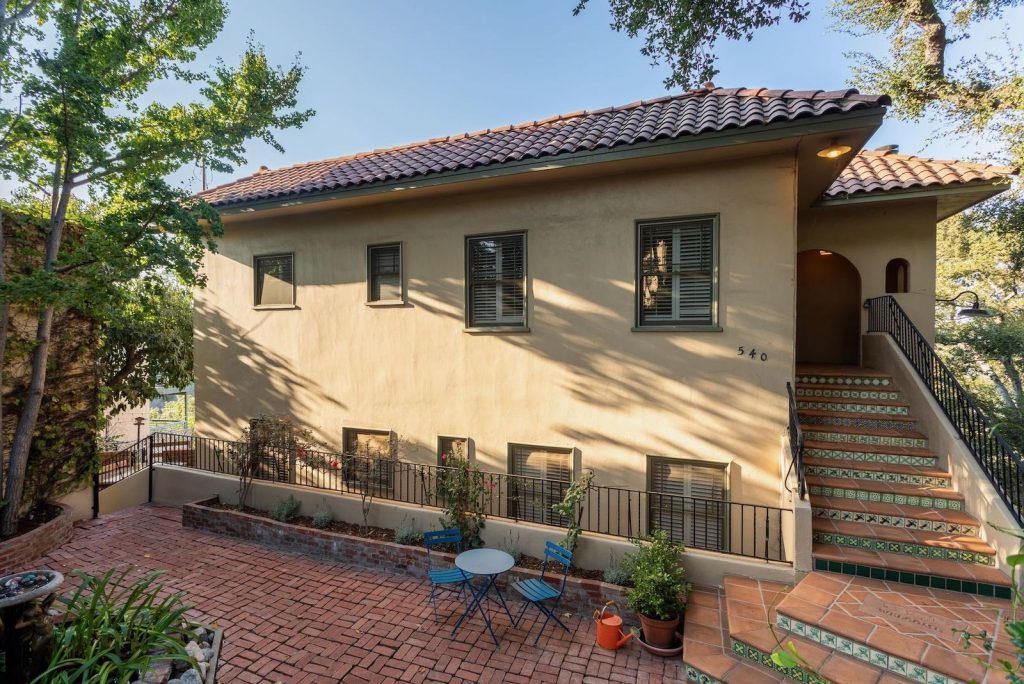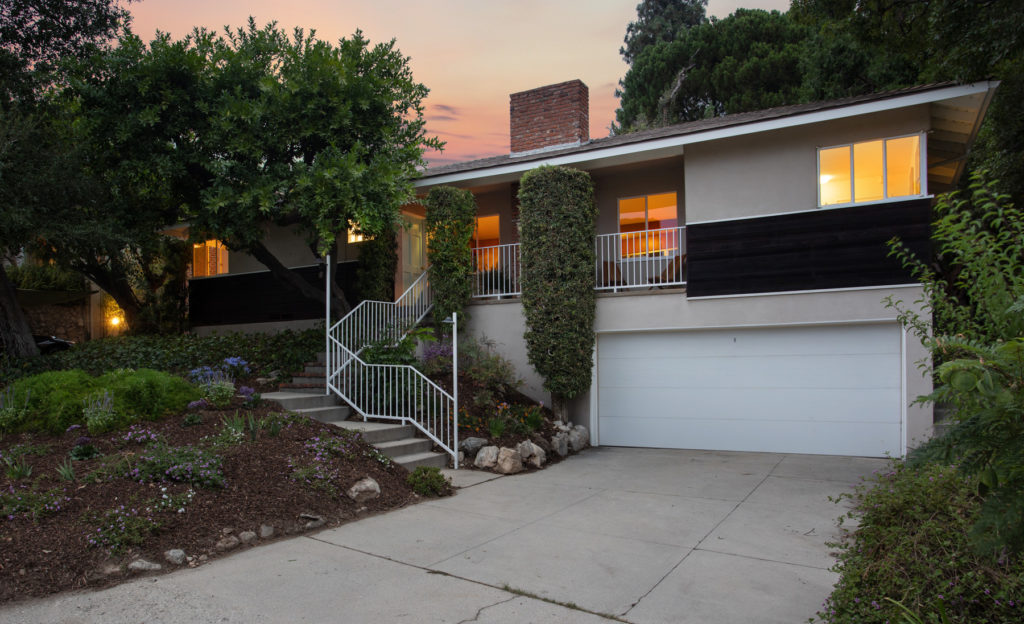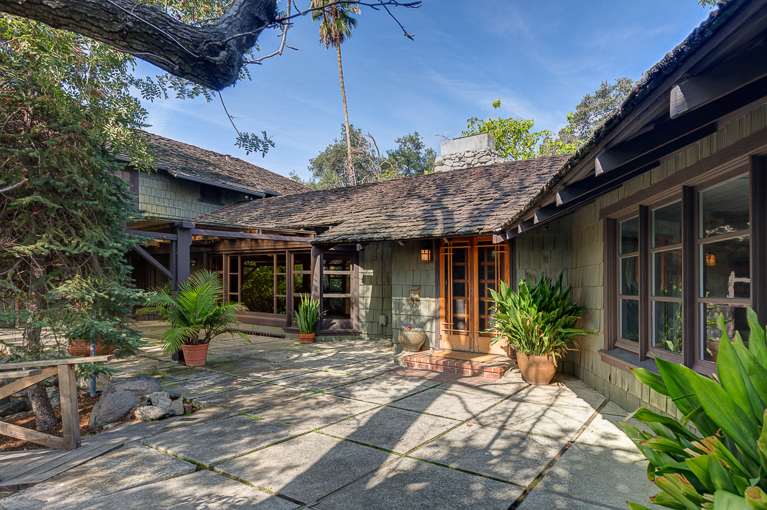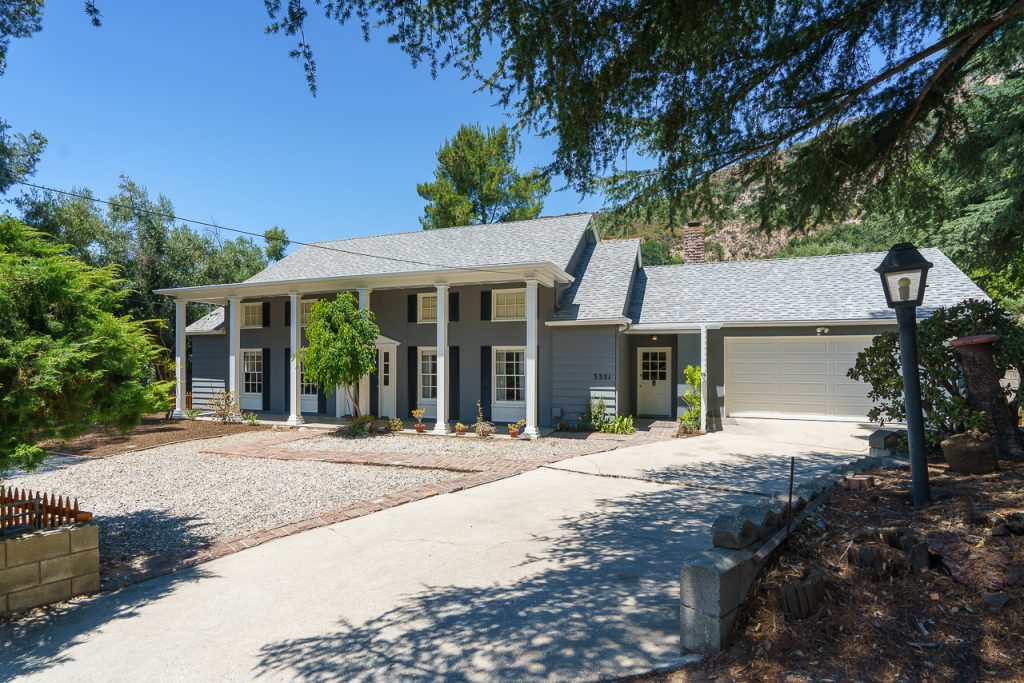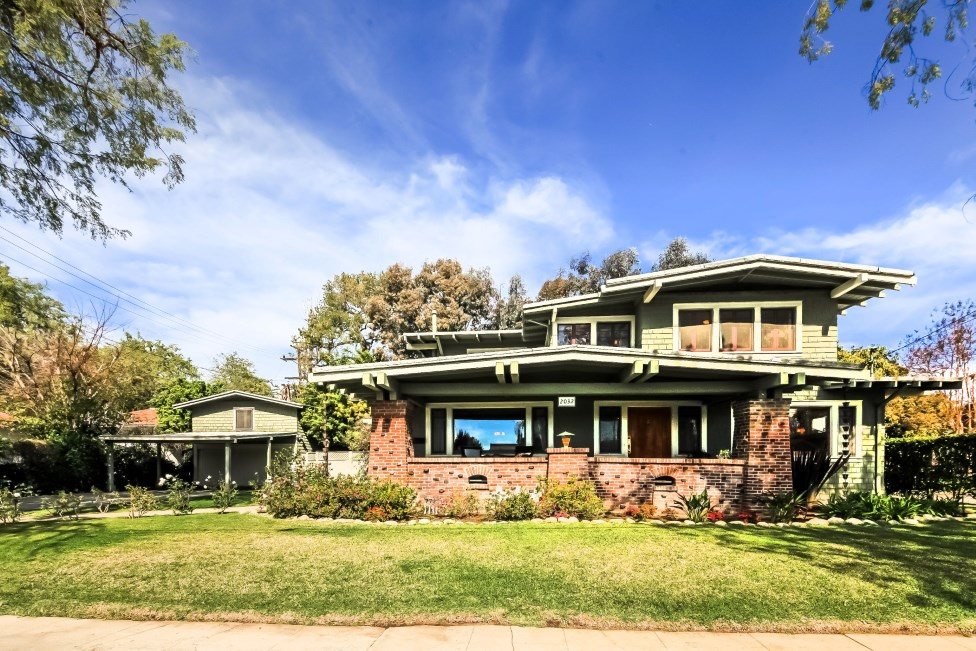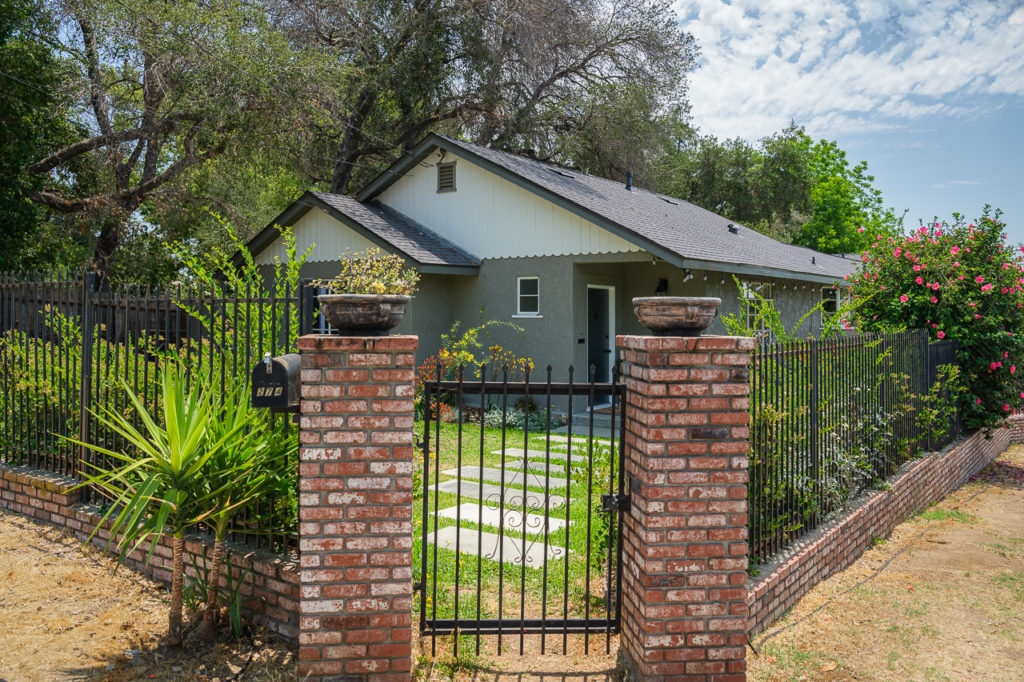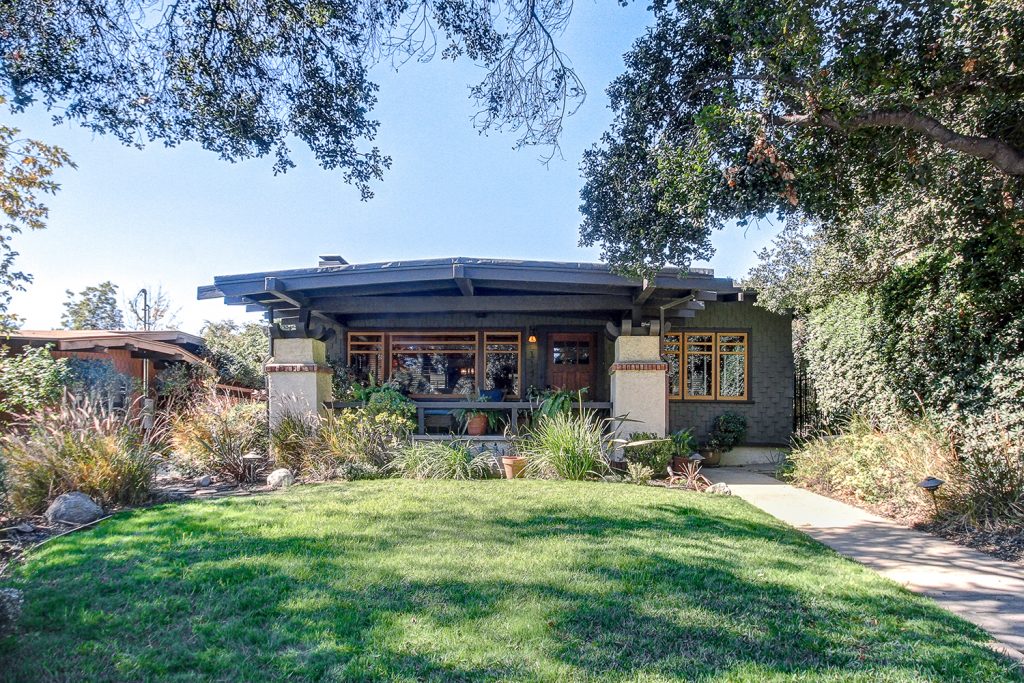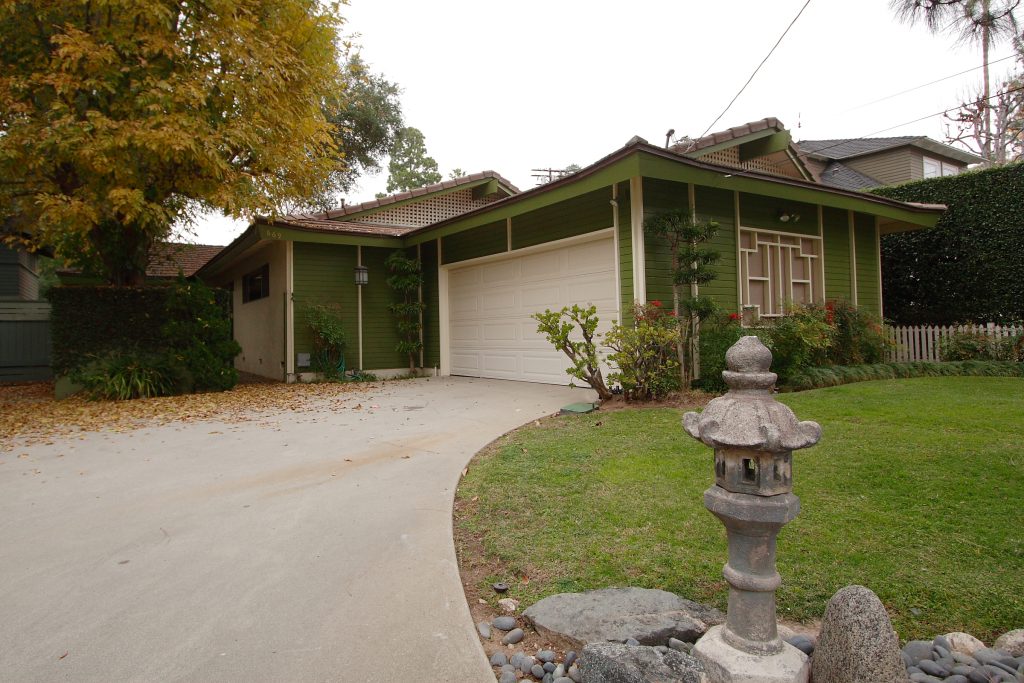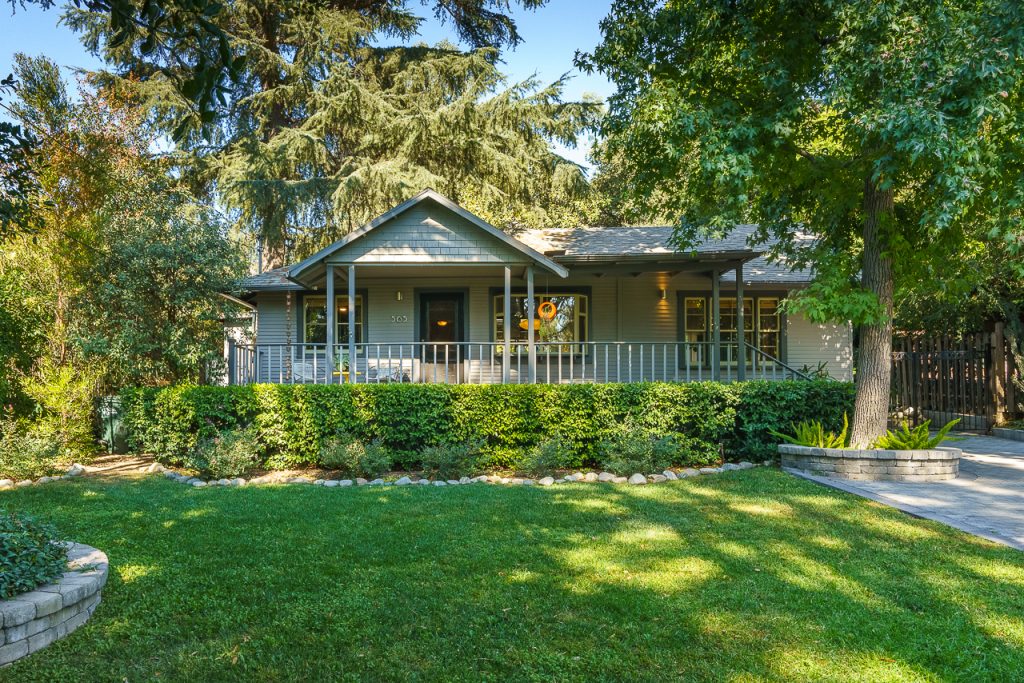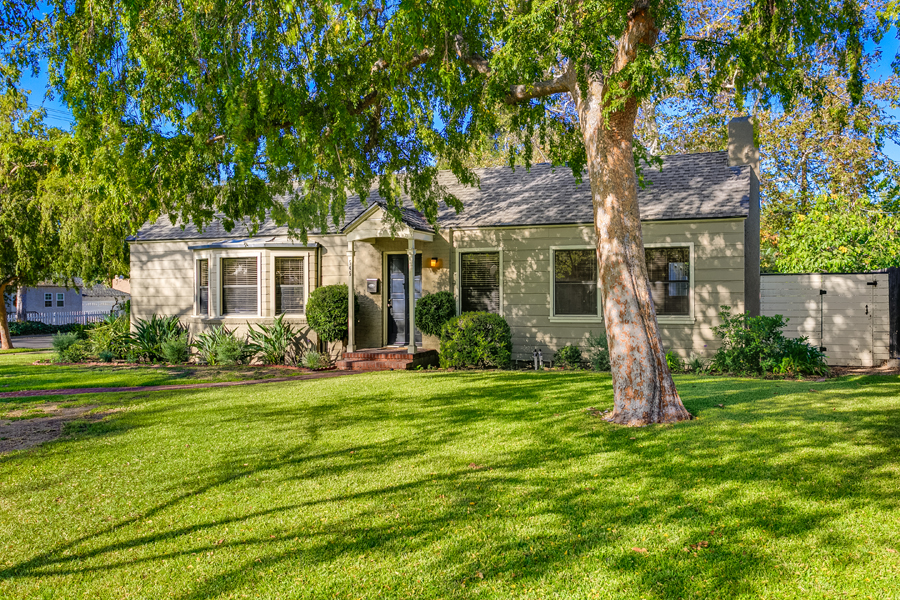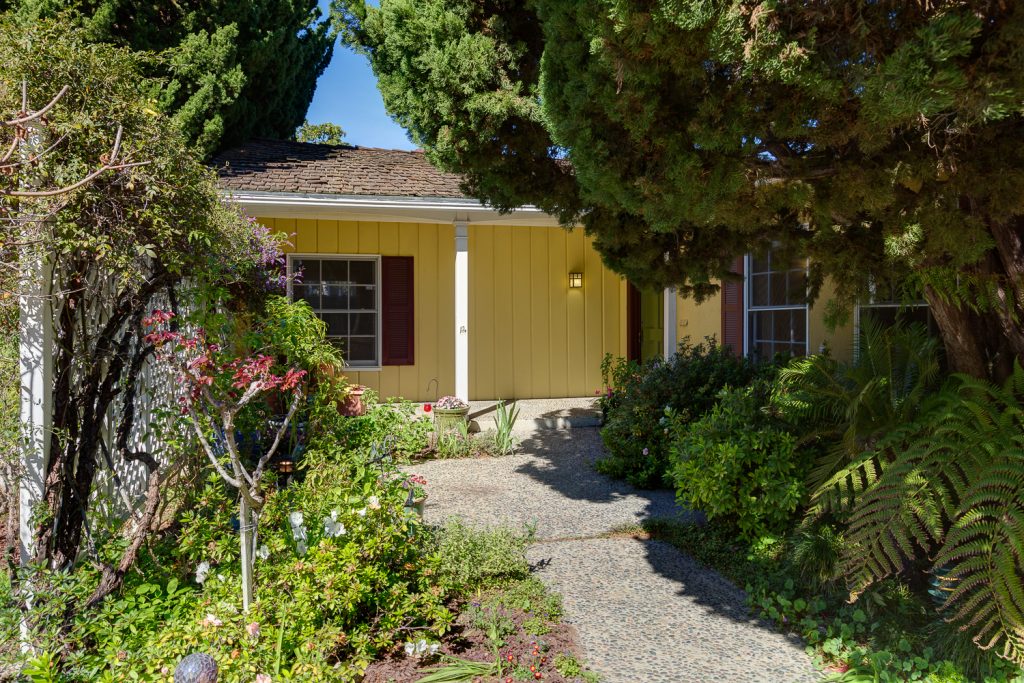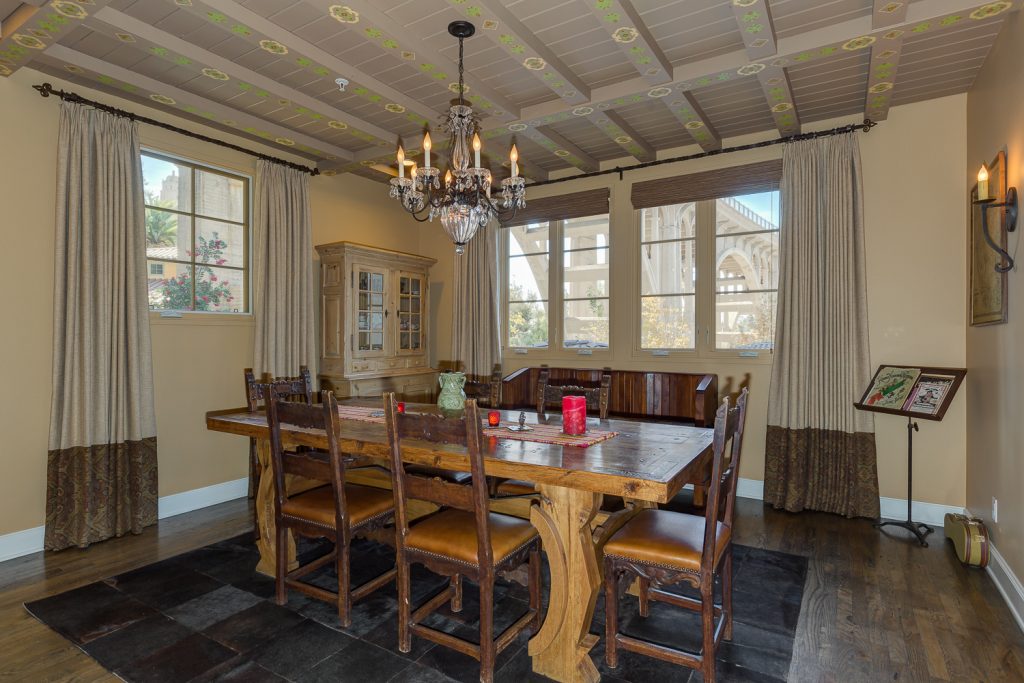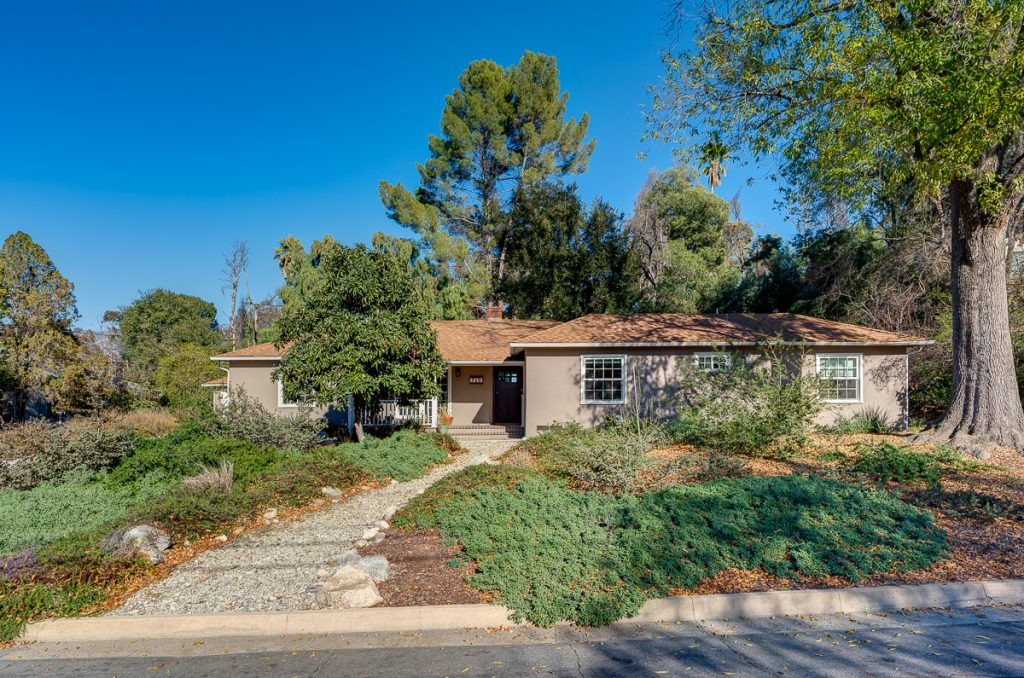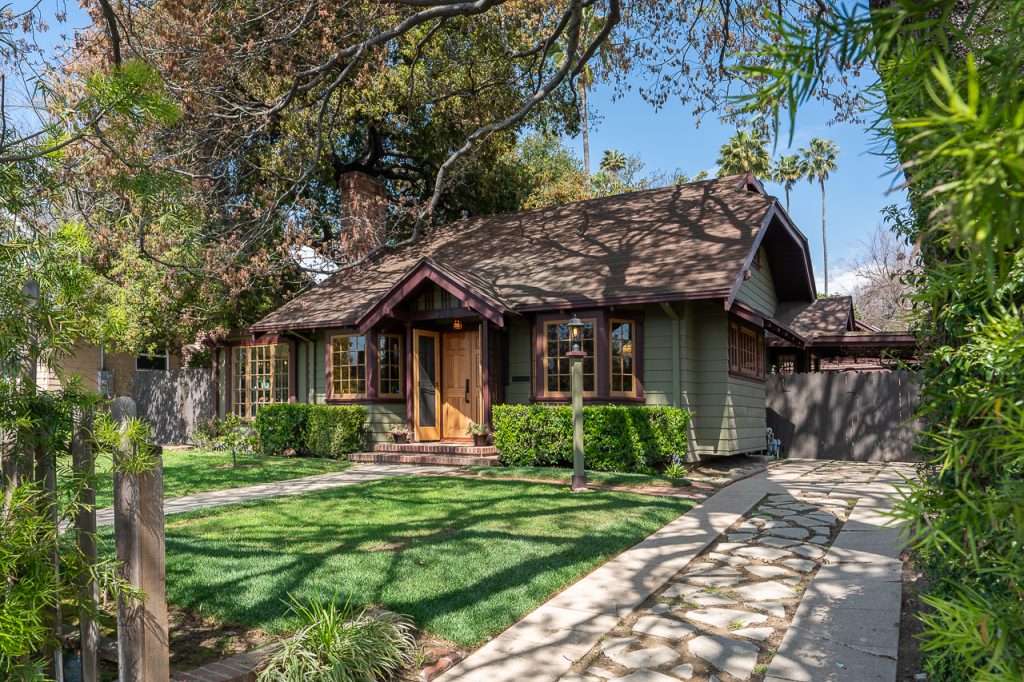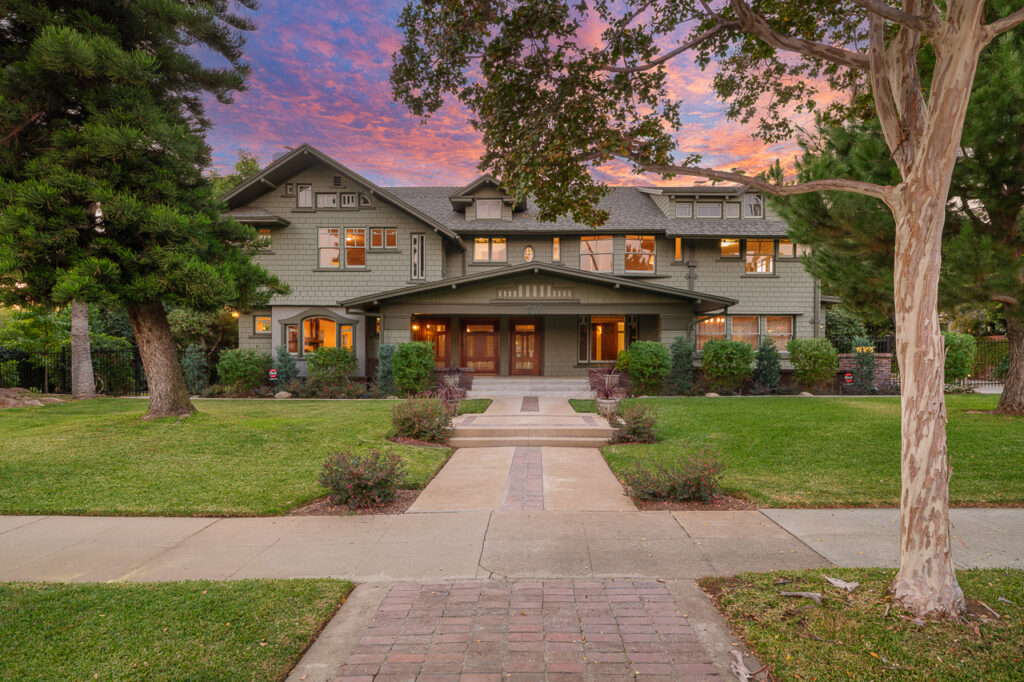Coldwell Banker
388 S. Lake Avenue,
Pasadena, CA 91101
office: 626.797.6500
Email: [email protected]
Growth Predicted In Home Renovations
Homeowners who have been holding off on home improvements, be it a new kitchen or replacement siding, are more likely to call in the contractors in the year ahead
A report from Harvard University’s Joint Center for Housing Studies predicts accelerating, double-digit growth in home improvement spending through at least the third quarter of 2013.
The growth projections reflect rebounding home sales, a rise in construction and low financing costs, according to Kermit Baker, the director of the center’s Remodeling Futures program.
“All the elements are sort of pushing in the same direction,” Mr. Baker said.
Spending on improvements and maintenance has been on a downward slide since 2007, when, according to the center’s data, it peaked at $328 billion. Spending in 2011 was around $275 billion; all the data aren’t in yet, but in 2012 it very likely rose about 12 percent.
Discretionary projects, like new kitchens and finished basements, were the first to go, as is typical in a down market. Now they are starting to come back, Mr. Baker said, “though people are a little more price-sensitive and a little more budget-conscious than, say, five or six years ago.”
A smaller share of improvement projects are likely to be financed this year. “People have less equity to borrow against,” he said, “and for those who do have equity, the banks are hesitant to loan. And also, people don’t want to overextend themselves.”
Financing for home improvements through cash-out refinancings and home equity lines of credit is generally available for up to 80 percent of loan-to-value ratio, said Penn Johnson, the president of the Stamford Mortgage Company in Stamford, Conn. A few banks will allow up to 90 percent for borrowers with very high credit scores, he added.
Mark Yecies, an owner of SunQuest Funding in Cranford, N.J., says construction loans for major additions are particularly hard to come by, with lenders typically requiring that the borrower have 25 to 30 percent equity, based on the finished value.
Borrowers with negative equity — that is, with houses worth less than their mortgage balance — cannot get any sort of improvement loan, Mr. Yecies noted.
Nationally, as of the third quarter of 2012, about 22 percent of all residential properties with a mortgage had negative equity, according to CoreLogic, a provider of data and business services. As with the other indicators, however, that one has been improving. CoreLogic reports that the equity status of 1.4 million borrowers shifted to positive from negative over the first three quarters of last year.
Greater equity does equate with more spending on home improvements. According to the Harvard study, homeowners with at least 20 percent equity spend an average of 22 percent more on improvements than homeowners with lower equity levels. The difference rises to 30 percent when considering discretionary projects alone.
Affluent households with healthy home values and access to cash are driving remodeling activity for now.
“The middle to upper-middle class is where we are seeing movement,” said Tom O’Grady, the chairman of the strategic planning and research committee of the National Association of the Remodeling Industry, and the president of O’Grady Builders in Drexel Hill, Pa. “People are starting to feel better about their jobs.”
Mr. O’Grady noted that his company was just now finishing up a custom basement — to be refashioned as a “man cave” — for a customer who had put off the project for several years because of economic fears.
The remodeling association’s most recent survey of its member companies showed that customer inquiries were up 2 percent in the last quarter of 2012, and the total value of jobs sold was up 4.3 percent.
The decline in home values during the last decade will most likely benefit the remodeling industry in the decade to come. Mr. O’Grady predicted that as baby boomers head toward retirement, more will probably decide to renovate — perhaps add a first-floor bedroom, for instance — rather than sell and buy anew.
“The aging-in-place concept will be a huge driver of the market,” he said.




